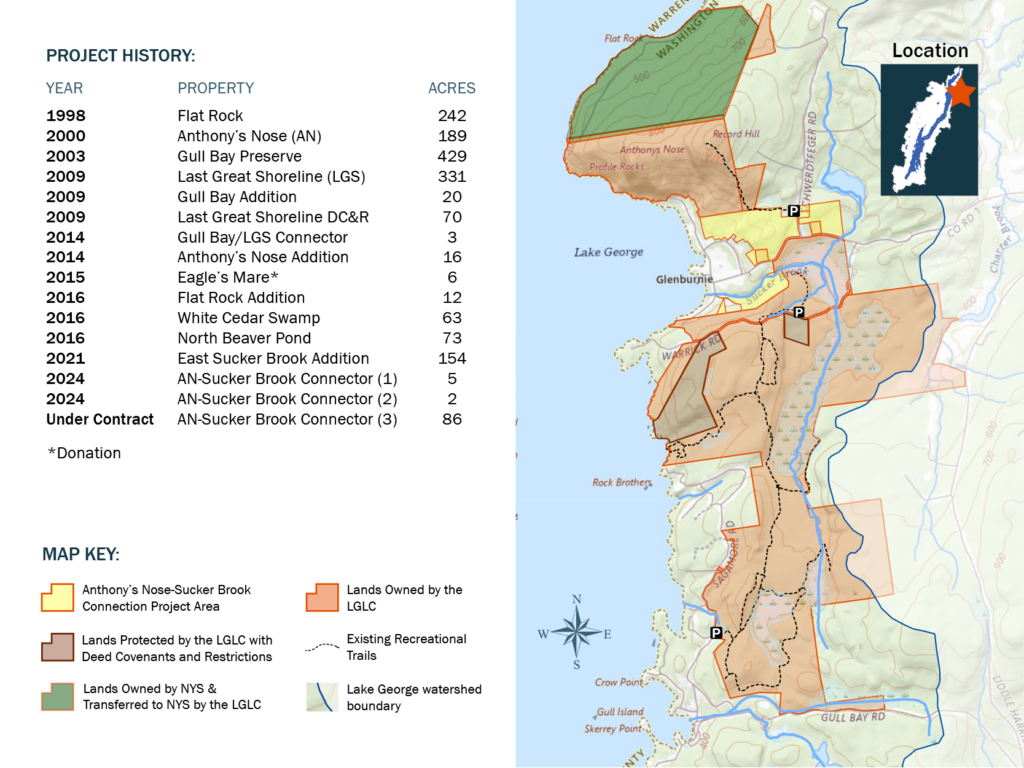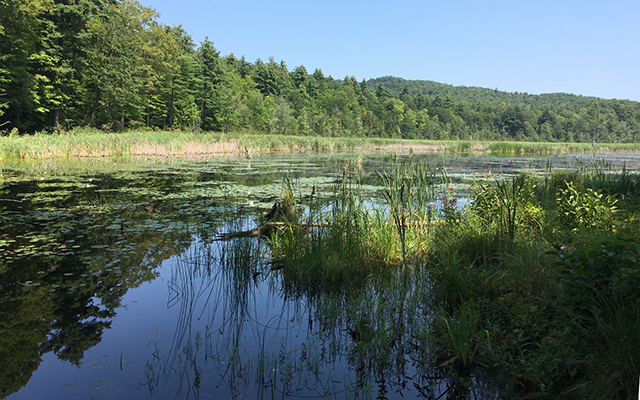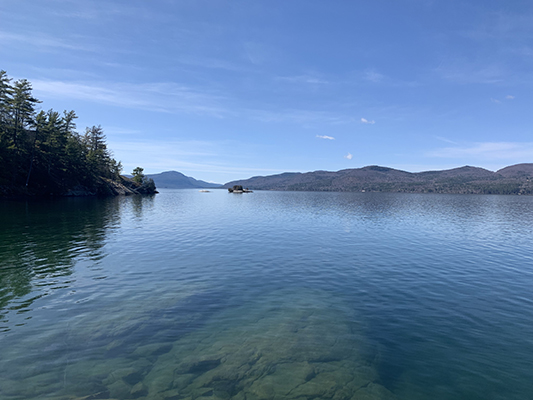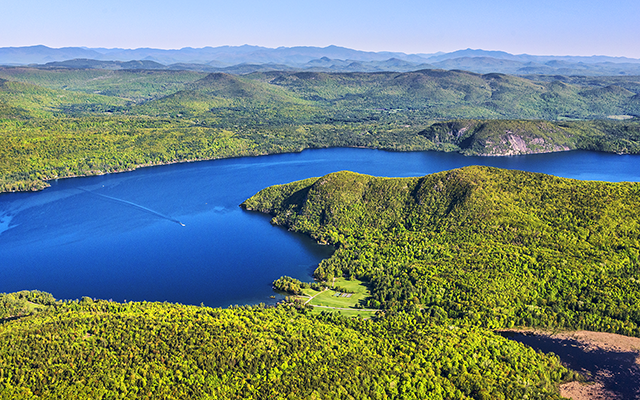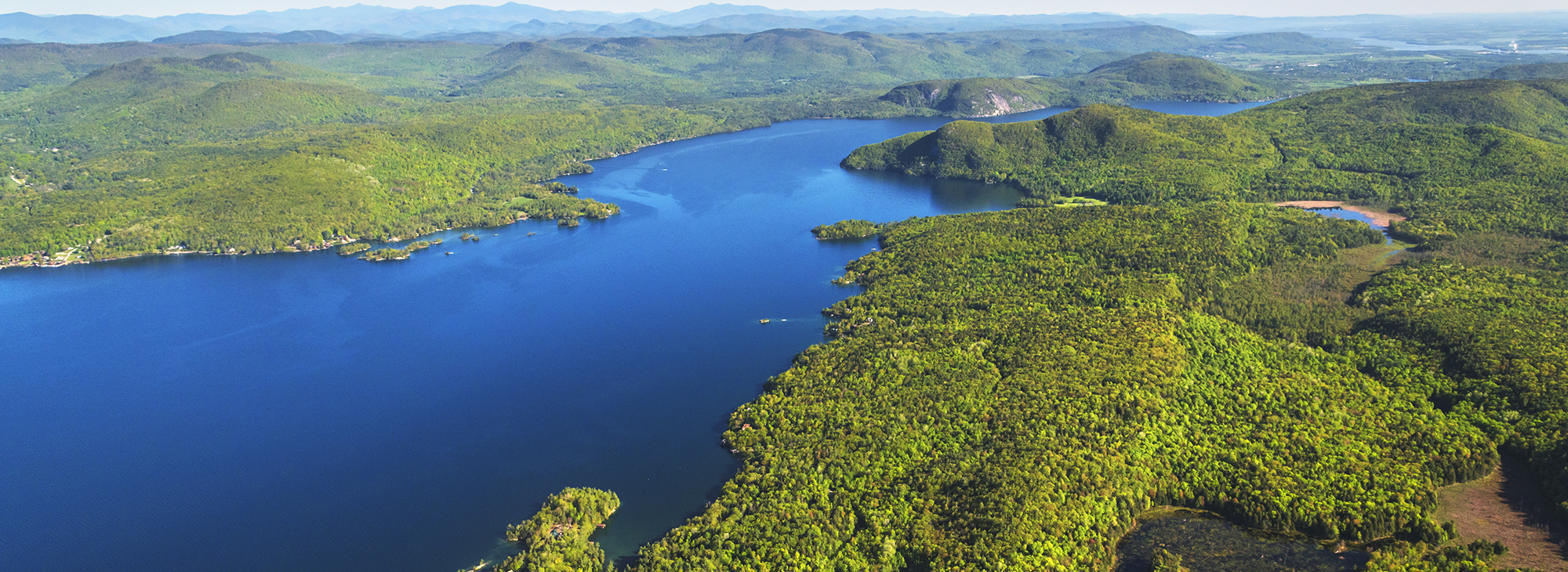
July 17, 2024 Connecting Anthony’s Nose to Sucker Brook
The Lake George Land Conservancy is permanently protecting a total of 92 acres of land in and around Glenburnie. This exciting project:
PROTECTS 1,400 feet of Sucker Brook and natural stream buffer, providing critical water quality protection.
PREVENTS potentially harmful development activity and its associated soil disturbance and impermeable infrastructure.
CONNECTS Anthony’s Nose to the Sucker Brook Preserve, creating important land connectivity for wildlife and people.
Ultimately, these protected lands will forever be enjoyed as they are – beautiful and healthy forests, wetlands, and ridges to be viewed from the water and the opposite shore, or from the existing and future recreational trails.
With your help, this $1.6 million project can be completed in 2024!

Building on Past Success
The LGLC has worked to protect critical lands in this northeastern area of the watershed since the purchase of Flat Rock in 1998. This project area now includes 1,700 acres of permanently protected land, 2.5 miles of lake shoreline, and 3.5 miles of stream corridors.
The majority of the water in Lake George comes directly off the land through streams. Sucker Brook is one the lake’s largest tributaries, which means that any damage to its ecosystem could have a significant effect on the quality of water entering into Lake George.
Beaver ponds and wetlands are also some of the most productive habitats on the planet. The Sucker Brook Preserve’s 261 acres of wetlands are home to a variety of birds, mammals, and amphibians, and provide shelter and food for roaming animals such as bobcats and moose.
